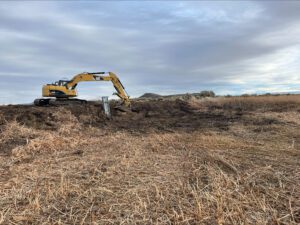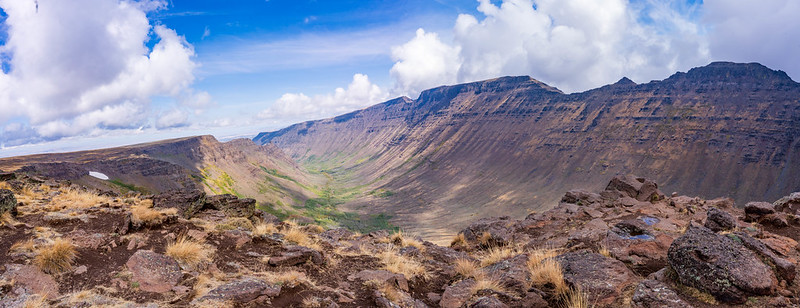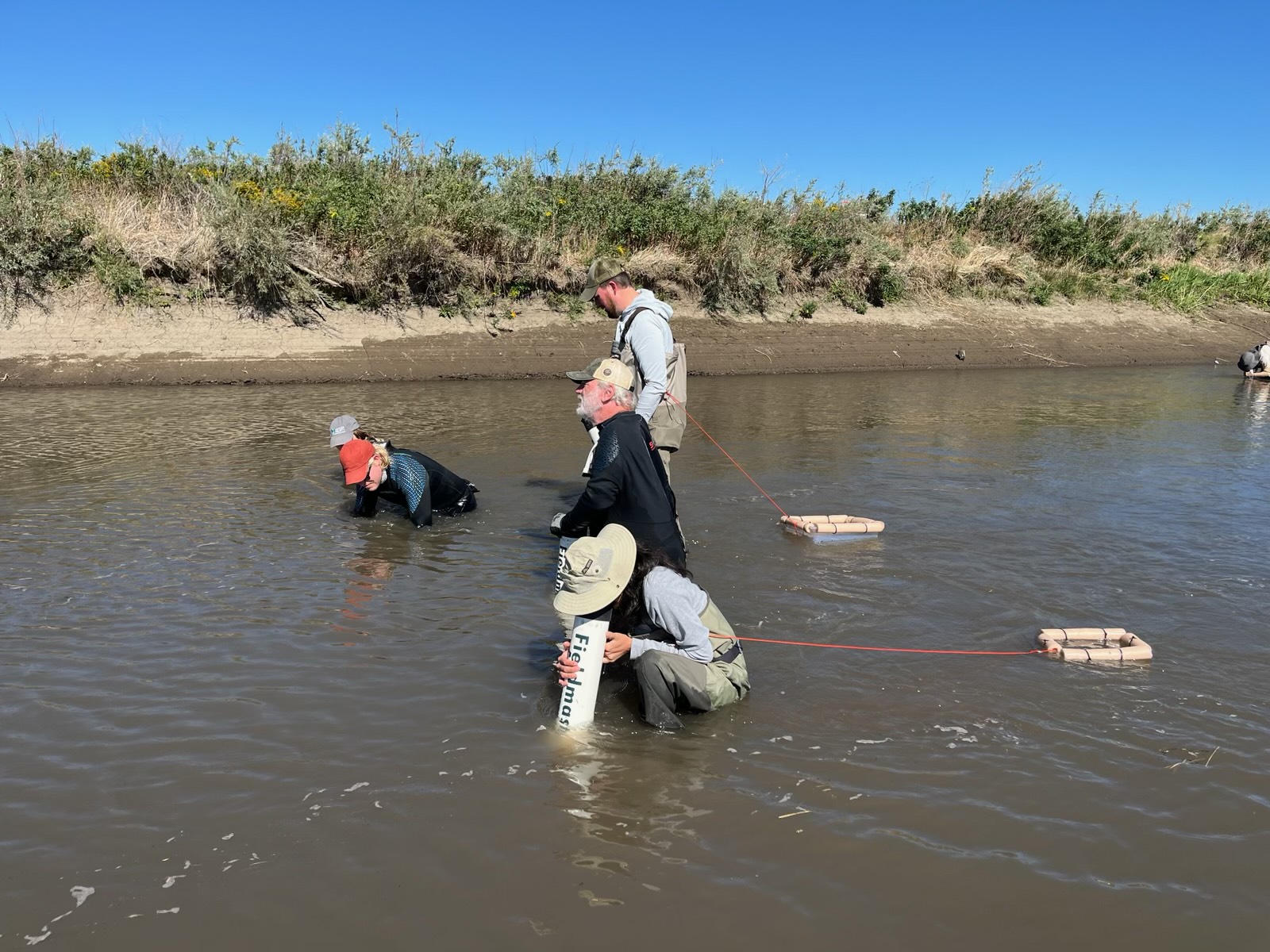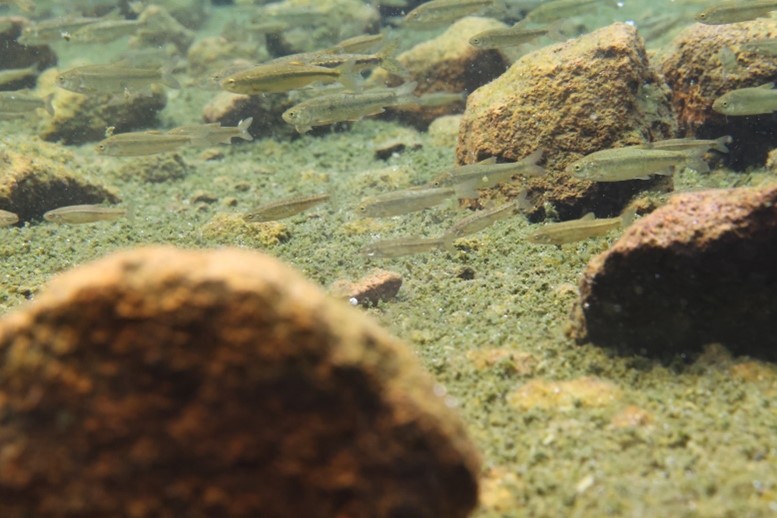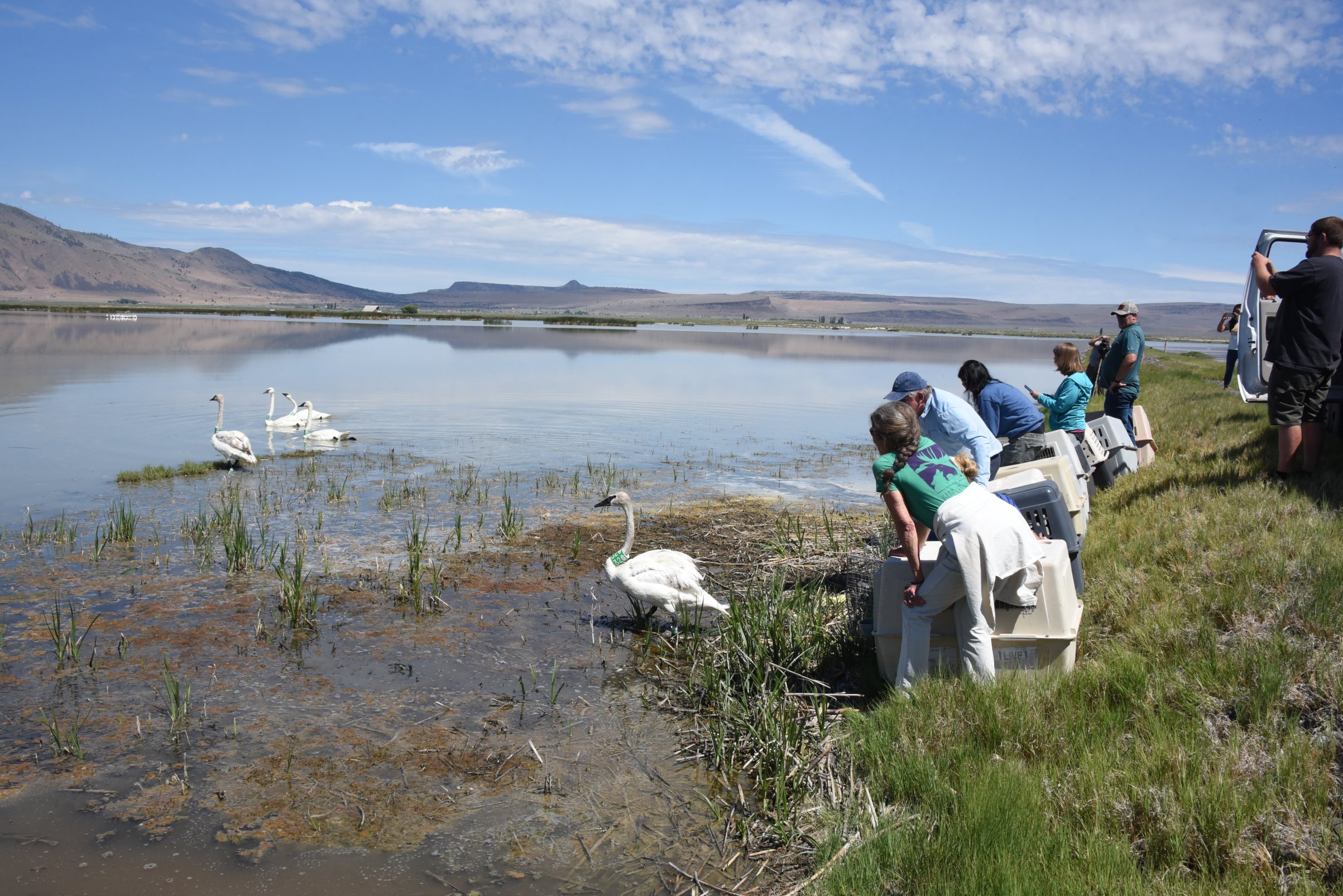Written by Carl Woodward, FOMR Advocacy Committee Chair
Not so long ago (1960s and 70s), enlightened, elected representatives, reacting to overwhelming public demands, enacted numerous far-reaching statutes to roll back generations of abuse of our land’s natural resources. The Clean Water Act, the Clean Air Act, the Endangered Species Act, the National Environmental Policy Act, the Superfund Act, and FIFRA, to name a few, were all designed to eliminate pollution, clean our air and waters, protect and preserve wildlife, and require consideration of environmental impacts when undertaking federally sponsored projects. These laws have had extraordinary beneficial and positive impacts on our lives and welfare. Until recently, the administration of these laws and implementing regulations have been generally accepted by our federal courts when challenged by those seeking to bypass their requirements.
There has been, however, a retrenchment by our Supreme Court in that acceptance. First, there was the decision to prevent the USEPA from regulating carbon discharges from power plants. Now the Court has taken a highly restrictive approach to regulating the nation’s wetlands. In Sackett v. Environmental Protection Agency, decided May 25, 2023, the Court in a 5-4 decision, ruled that the Clean Water Act’s jurisdictional reach is limited to those waters that are directly connected continuously to the navigable waters of the United States. Thus, waters that are connected intermittently or are blocked in some way from a direct surface connection, can no longer be regulated under the Clean Water Act.
The full impact of this ruling has yet to be determined, but the Court’s narrow reading constitutes a grave threat to the nation’s wetlands, which are the source of so much support for wildlife, flood control and water supply. The full nature of impacts will be determined not only by the manner in which the USEPA and the Corps of Engineers responds and interprets the Sackett decision, but also whether Congress can be motivated to overturn the crabbed interpretation of the Supreme Court.
At issue in Sackett was whether the wetlands on the Sacketts family lot were covered by the Clean Water Act. The Court unanimously ruled that they were not. However, the rationale for the decision by the majority five members of the Court was vastly different from the remaining four Justices. Justice Alito’s very narrow view of the extent of federal authority over wetlands required that the term “adjacent” as used in the CWA meant that there had to be a “continuous surface connection” between the water in the wetlands and the open waters beyond. Justice Kavanaugh, in his concurring opinion, noted that the term “adjacent” does not limit CWA coverage to “adjoining”, but rather to those that include both “(i) those wetlands contiguous to or bordering a covered water, and (ii) wetlands separated from a covered water only by a man-made dike or barrier, natural river berm, beach dune, or the like.” He criticizes the majority for creating conditions that prevent the CWA from its intended purpose of preventing pollution and flooding. He also notes that “adjoining” is not the only synonym of “adjacent”.
Time will tell how EPA and the Corps of Engineers will react to this opinion. However, it behooves all who believe that the Clean Water Act is intended to protect and preserve the waters of the United States, including wetlands, to prevent flooding and pollution, and to support flora and fauna so that there remain natural systems for future generations, to advocate for our legislative leaders to correct this highly negative decision.
Note: Carl is a retired lawyer who now spends his time fully committed to the protection and appreciation of National Wildlife Refuges. Carl serves on the Board of Directors for the National Wildlife Refuge Association in addition to the Friends of Malheur NWR.




